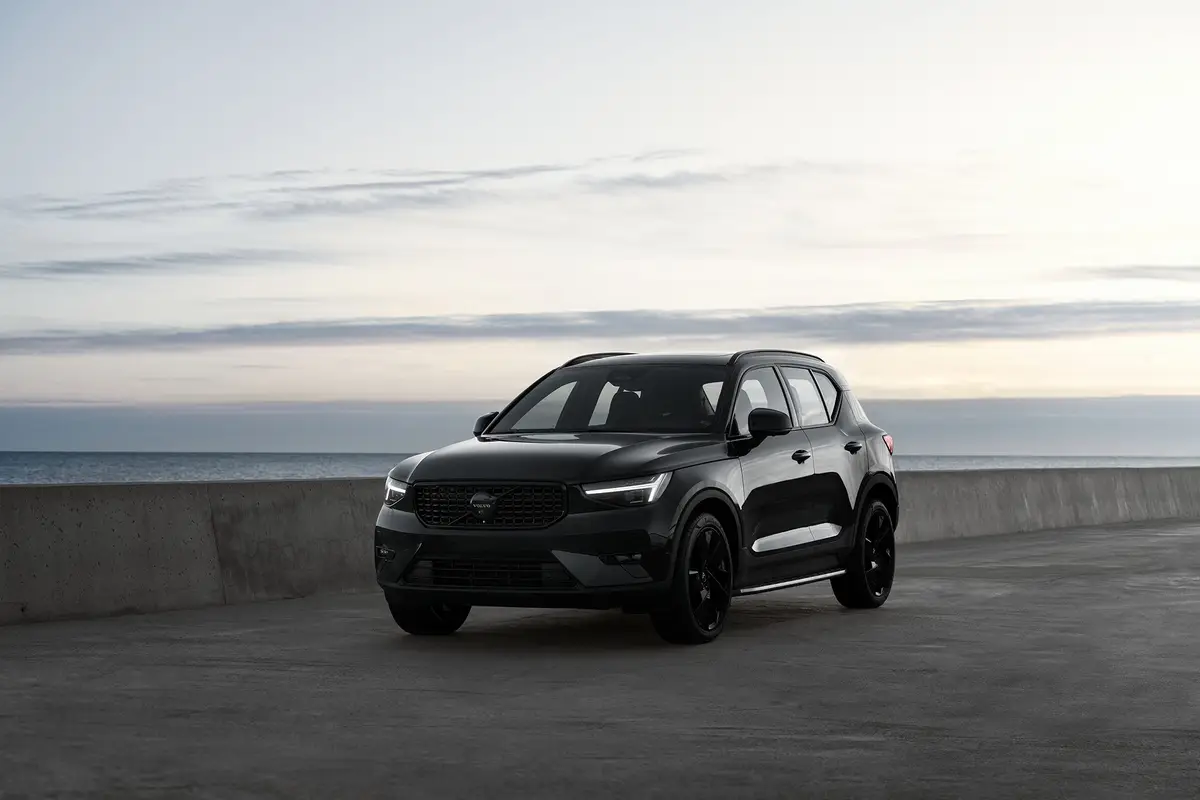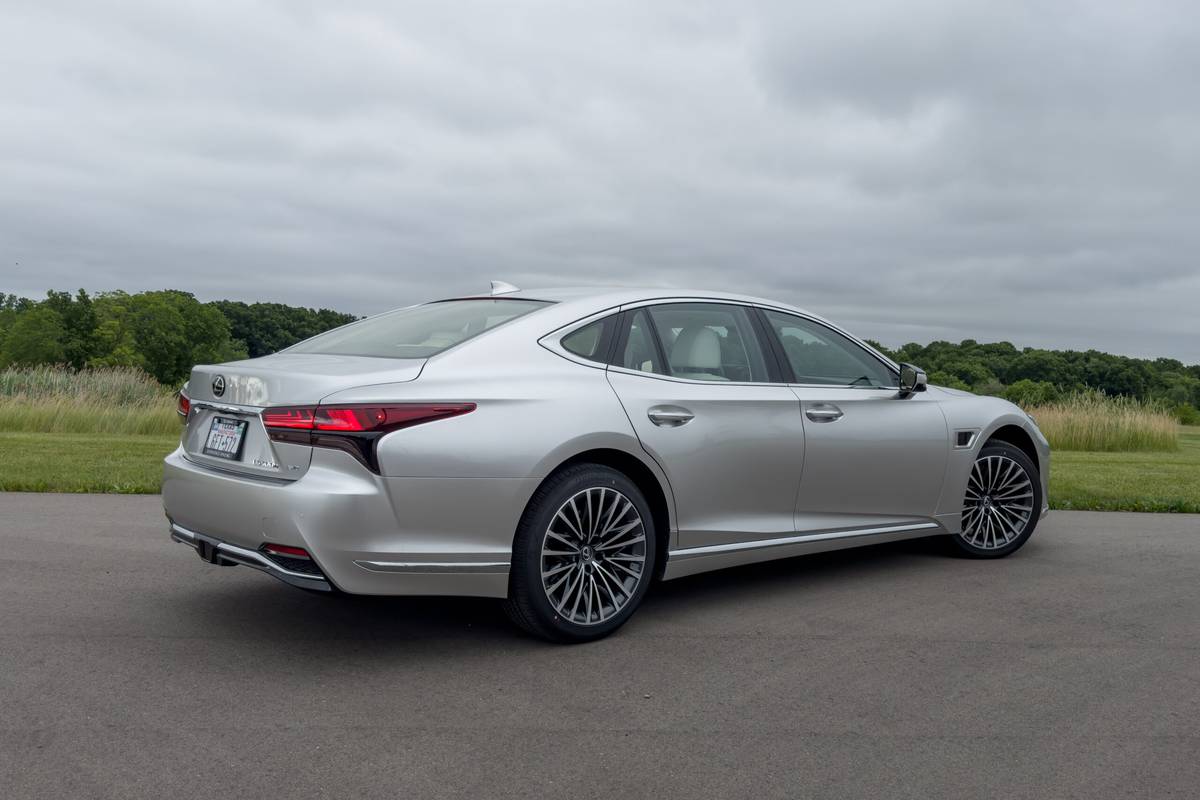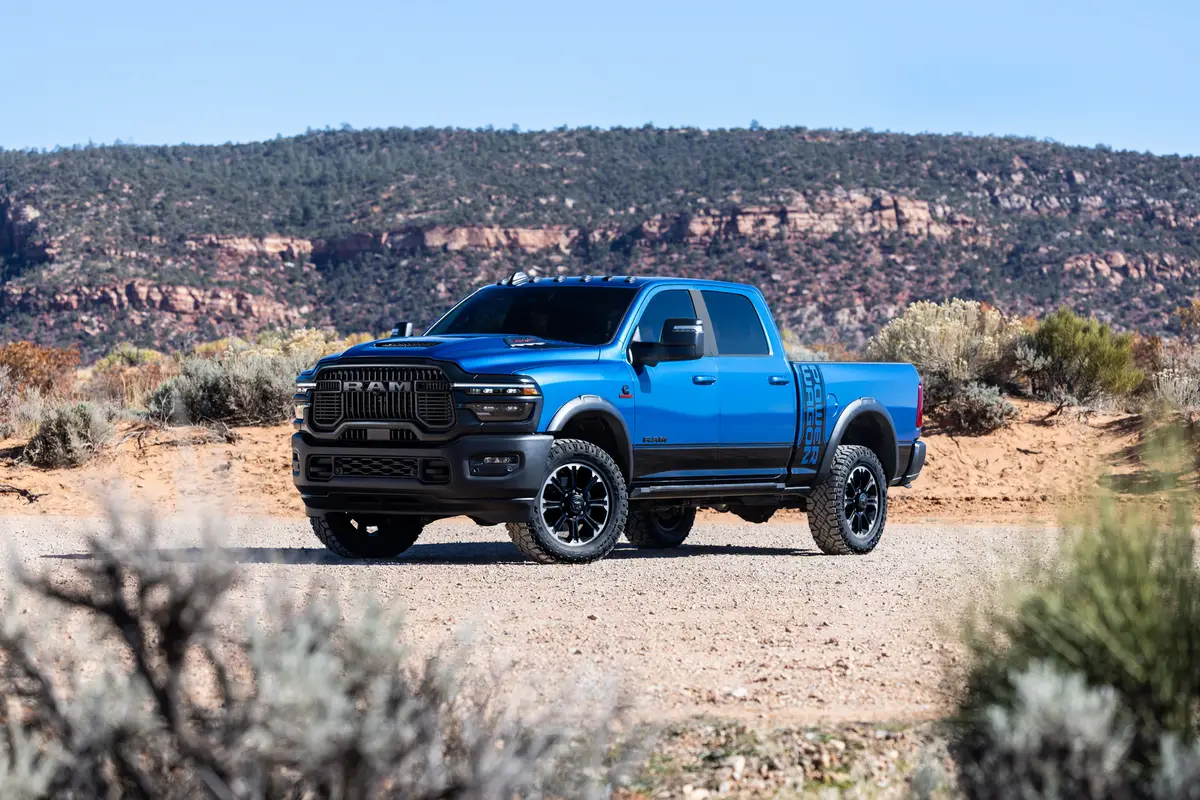AZCentral.com's view
Subaru, once the maker of quirky little cars that appealed mostly to Birkenstock-clad New Englanders, has become a solid part of the automotive mainstream, largely on the strength of its Outback line of durable all-wheel-drive cars.
The midsize Legacy Outbacks, now available as sedans as well as station wagons, are capable and versatile vehicles that can carry loads, plow through snow and sand, or take you out for a night on the town. Hearty good looks make them fit in anywhere, from the neighborhood supermarket to the valet stand at the Biltmore Resort. Or to the edge of your favorite trout stream.
Outbacks come only in a high level of trim and equipment, and always with all-wheel drive. But their four-cylinder engines are a weak point, lacking power and spunk.
A new compact six-cylinder engine, which fits in the same space as the four, was added to the wagon in 2001 and to the sedan in 2002. The new 3-liter H6 engine, in Subaru’s usual horizontal format, boosts horsepower to 212, compared with 165 for the standard four.
The flat four has always been a smooth engine, but the six is exceptionally smooth even under hard acceleration, and quiet as well. Where the four was anemic, the H6 has the power to bring these heavy cars up to highway speed quickly and without fuss, and adds an aura of sophistication.
The tradeoff is a price in the $30,000 range, which prompted unsolicited shrieks of “$30,000 for a Subaru?”
Subaru has come a long way but maybe not that far. Thirty thousand is a heady plateau with many brilliant automobiles, and a tough market for Subaru to crack. Plus, Outbacks are now challenged by a plethora of crossover vehicles from a number of automakers.
Subaru, part of gigantic Fuji Heavy Industries of Japan, pretty much invented crossovers, which meld automobiles with sport utilities. That’s not counting attempts by American Motors during the1970s.
But unlike the late AMC, Subaru has earned a reputation for sturdy, long-lasting vehicles.
Both the wagon and sedan drive well, with good balance and handling, partially due to all-wheel drive. The marginally lighter sedan handles more sharply.
Every vehicle made by Subaru comes with all-wheel drive, a system of electronics and hydraulics that feeds power in varying amounts to front or rear, as needed.
The sedan was equipped with Subaru’s customary AWD setup, which includes a limited-slip rear differential. The upper-end VDC wagon had a new, more advanced system called Variable Torque Control plus stability control called Vehicle Dynamics Control (thus VDC).
I had both of these Outbacks off the pavement on dirt-road jaunts. Handling and control are steady, and it seemed impossible to get the VDC wagon into a slide. Either way, the AWD is seamless, unobtrusive and confidence inducing.
The two-tone styling of the Outbacks, with plastic body cladding on the lower quarters, is getting dated. What once looked trick n ow looks tacky. Subaru also needs to trim some of the red plastic off the tail end for a less-cluttered look.
The interiors of both sedan and wagon seem nice, with dashboard arrays that are akin to the businesslike styling of German cars. The effect is spoiled by fake-looking plastic wood trim. And in the sedan, there was a glaring quality glitch: The plastic surface of the main dashboard had a slightly purple hue that mismatched the black cover for the passenger-side airbag and the black-door panels. That looked ugly.
Front-seat legroom is tight for tall drivers, although the seats are much improved.
Both wagon and sedan Outbacks come loaded with features, including power seats, climate control, moon roof, foglights, 16-inch alloy wheels, remote locking, leather-and-wood steering wheel, and a terrific stereo with CD and weather band. Standard safety features include side-impact air bags and antilock brakes.
A nice package of refinement and agility, the Outbacks are well enhanced by the H6 engines, despite the extra baggage on the bottom line.
Latest news



